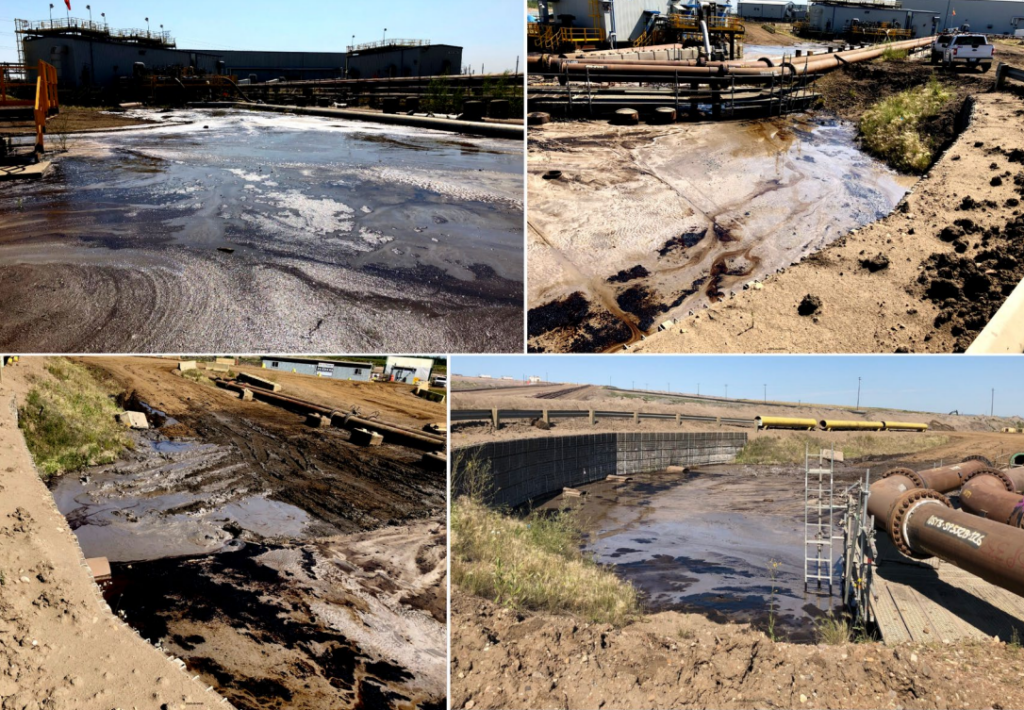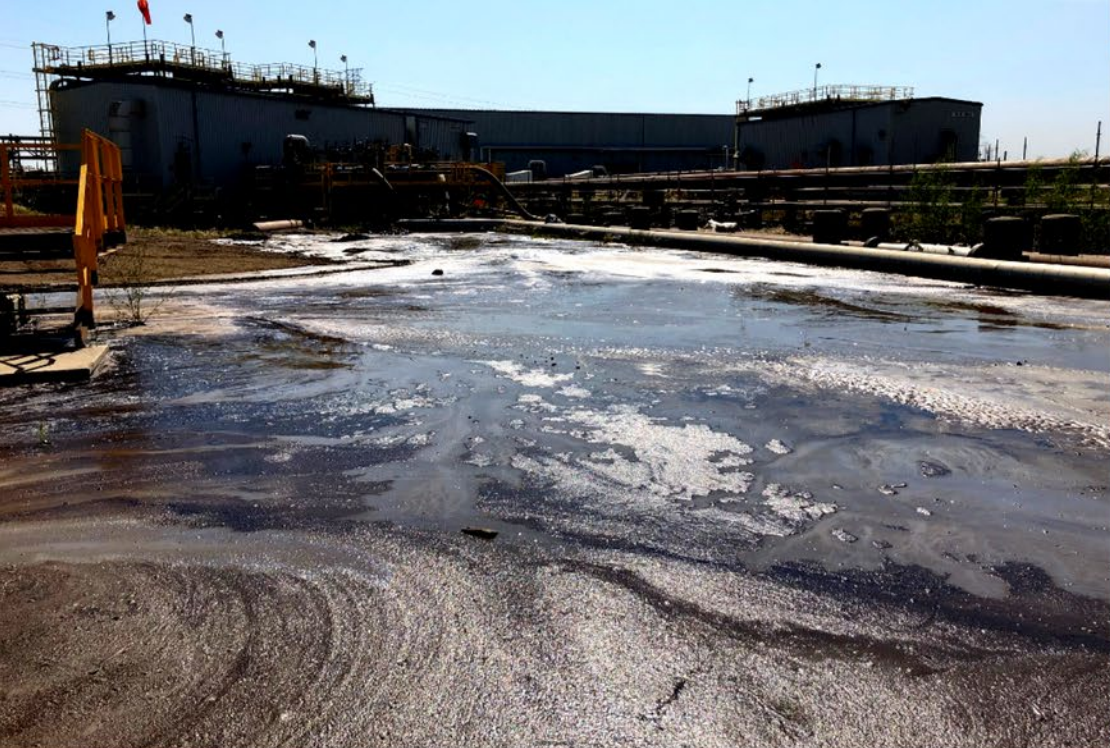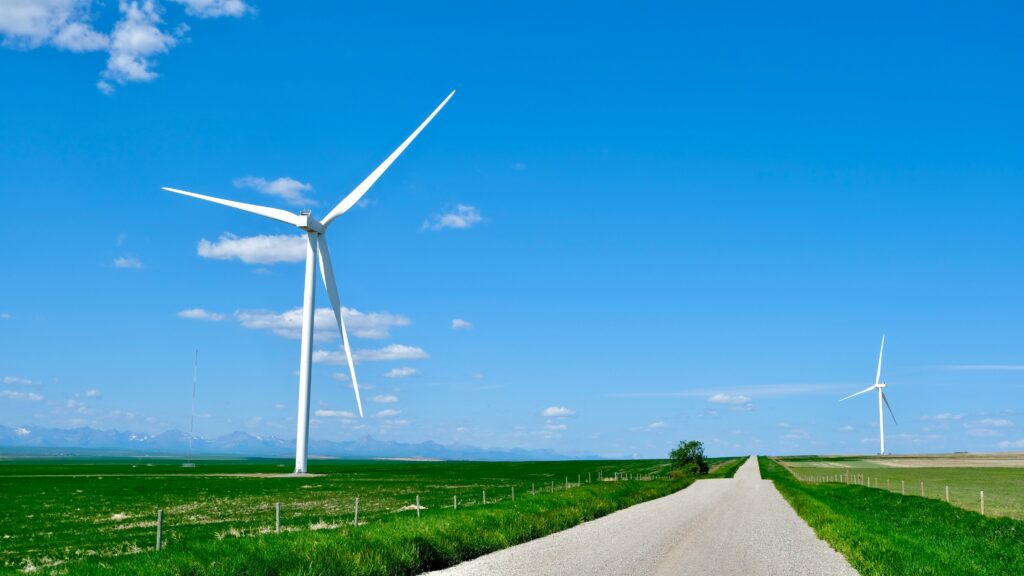The Alberta Energy Regulator says that there is a “perfect” spill recovery in 75 percent of the cases they review, but a researcher says that claim is not backed up by evidence.
“It’s a fully captured regulator,” said Kevin Timoney, an ecologist who works as the principal investigator for Treeline Ecological Research.
The report he has released was published in the peer-reviewed journal Environmental Monitoring Assessment. Timoney argues that the AER’s data significantly underreport the number and scale of spills and their environmental impact, citing differences in reporting between the public records and Freedom of Information (FOI) requests.
Discrepancies in Reporting
Timoney cites discrepancies between the public records and FOI data as evidence of the AER’s misreporting. The Alberta Energy Regulator’s (AER) Field Inspection System (FIS) database reports 514 tailings spills in the bitumen sands region. However, an FOI request, filed by Timoney, revealed that many of these incidents are composed of multiple spills. The FOI data presents the information as 989 primary spills.
The practice of monthly reporting allows multiple spills to be recorded as one spill, the study found. This makes it difficult to track their true number. Tailings spills are also reported, haphazardly according to Timoney, under a variety of different names. FOI data reported 627 spills as “tailings,” 215 spills as “process water,” and 89 spills as “bitumen slurry,” in addition to nine other names for tailings spills.
The report claims that “it has been shown that the AER and its predecessors are captured regulators working on behalf of the fossil fuel industry to maximize production while providing a façade of regulatory control.”
In response to the report, the AER told DeSmog, “the AER routinely conducts inspections to ensure that releases have been cleaned up and remediated in accordance with the regulations. Impacts to wildlife due to the release of a reportable substance within the AER’s jurisdiction, must be immediately reported to the AER.”
Photographs Show Evidence of Environmental Harm
The study found that approximately 41-54 percent of tailings spill sites with photographic documentation showed evidence of environmental harm. That is at odds with the AER’s claims that 75 percent of spills have a perfect recovery.
Timoney says that a “perfect” spill would require the amount released from the tailings spill to match the amount that is captured in a clean up.
“So if they said they spilled 100 cubic meters, they say they recovered 100 cubic meters,” said Timoney.

Timoney found an AER record of a CNRL tailings pond spill, called “Incident 20230872,” which was listed as a “perfect recovery.”
Timoney’s report states: “Photos document extensive environmental damage yet no environmental data were gathered. Claims of perfect recovery, no environmental effect, and small footprint were not credible.”
“They just simply say that [there is a 75 percent perfect spill recovery] but they don’t have data to support it.”
The ecologist’s analysis reveals inaccurate spill locations, dates, and footprints, along with a lack of routine inspections and ecological data.
Only 3.2 Percent of Spills Inspected
The AER claims routine inspections of spills, but data shows only about 3.2 percent of reported tailings spills are inspected. And, even if the spills are reported the location or volume of the spill may not be accurate.
“Well, my findings tell people that you will not know where the spills are, and you can be assured that there has been no environmental monitoring of the spill,” Timoney told DeSmog about his report.
“The location data that the government provides for the spills is so grossly inaccurate and imprecise that you can’t actually find the spills on the ground,” said Timoney.
Most of the spill sites are on lease land where people wouldn’t necessarily be walking in the area. But in addition to inaccurate locations of the spills, the number of spills is also underreported to the public.
Timoney goes on to say that the AER, and Alberta’s energy regulators more broadly have “failed to provide complete, truthful, reliable, and timely information and failed in their responsibilities to provide effective monitoring, enforcement and protection of the environment” for decades.
As a response asking about the inspection rate and clean-up, Renato Gandia, a spokesperson for the AER told DeSmog that: “The AER routinely conducts release inspections to assess potential adverse impacts to the environment and wildlife and to ensure that releases have been cleaned up and remediated in accordance with the regulations.”
Subscribe to our newsletter
Stay up to date with DeSmog news and alerts







